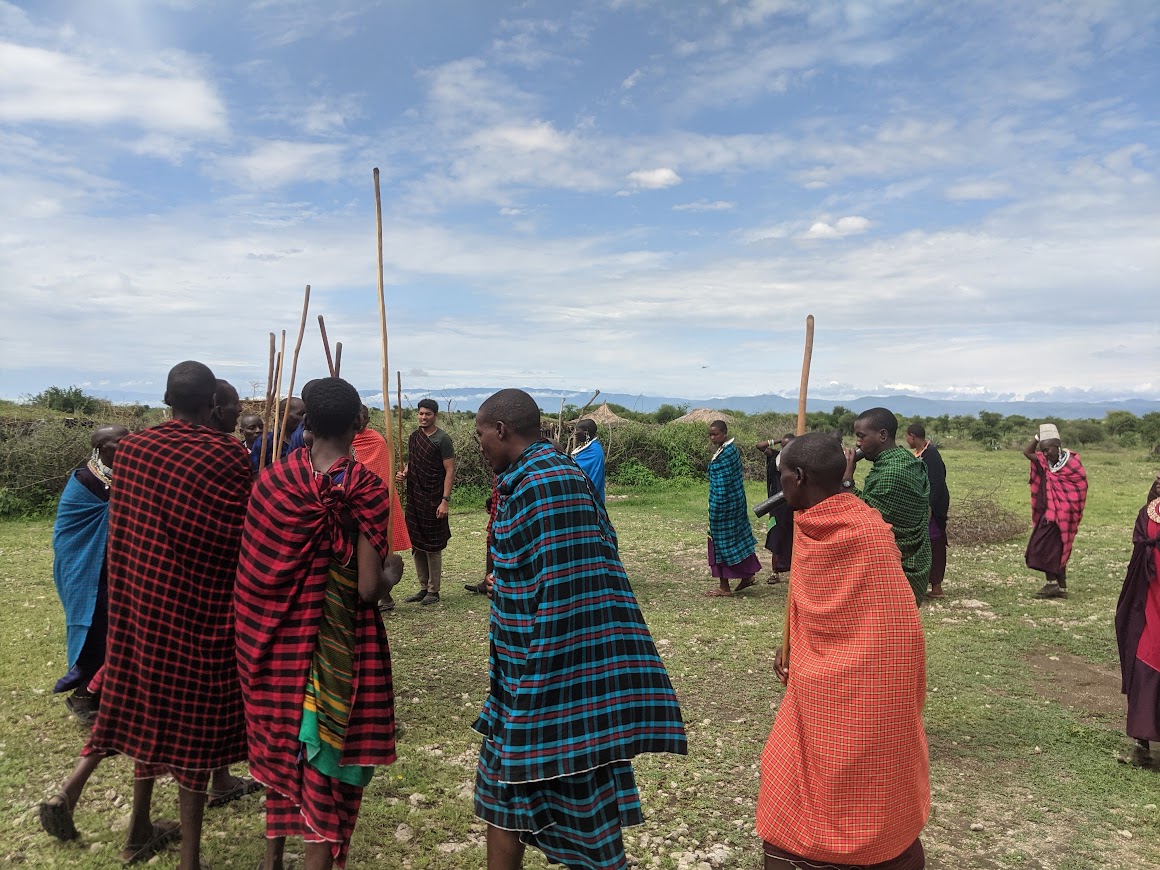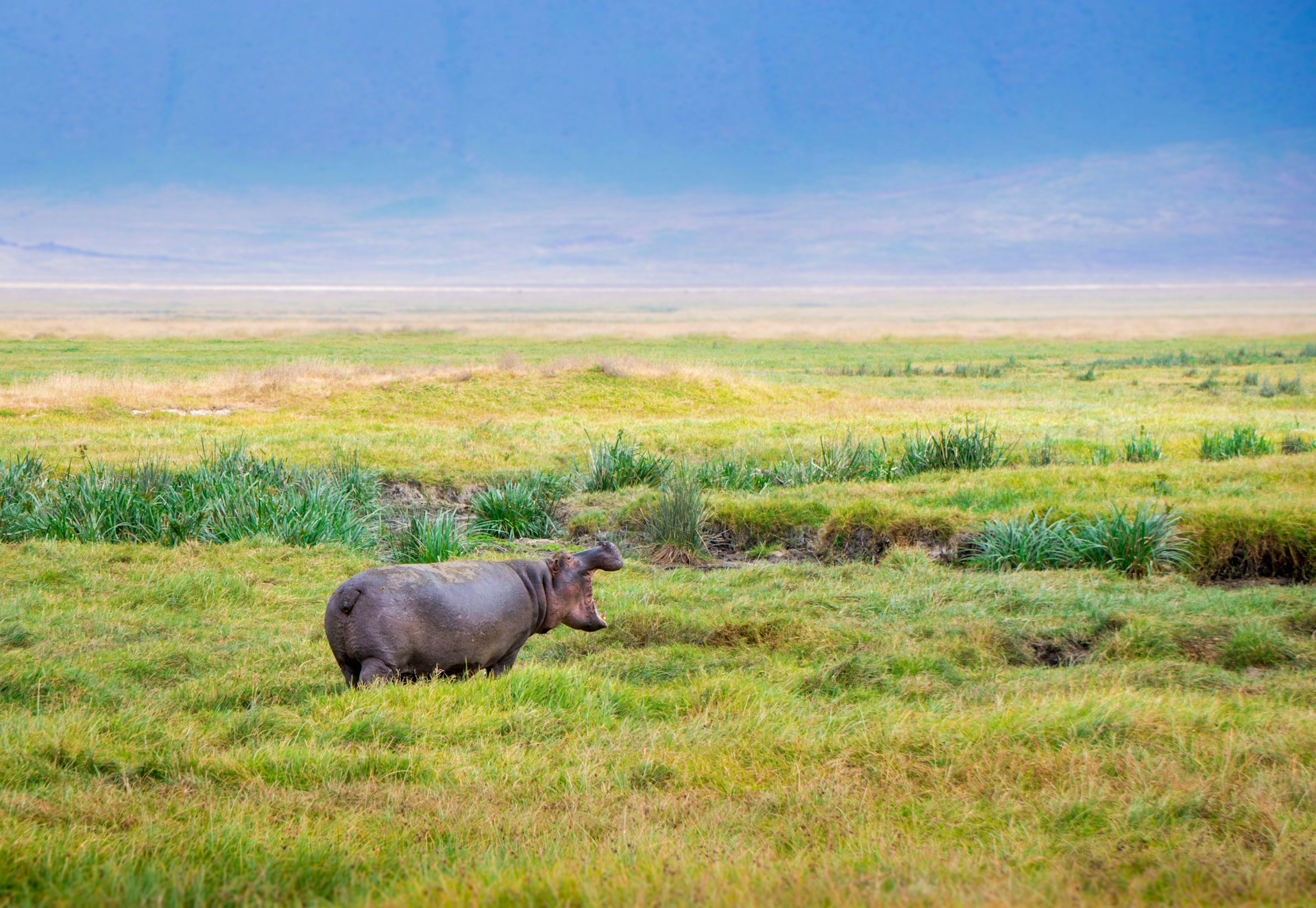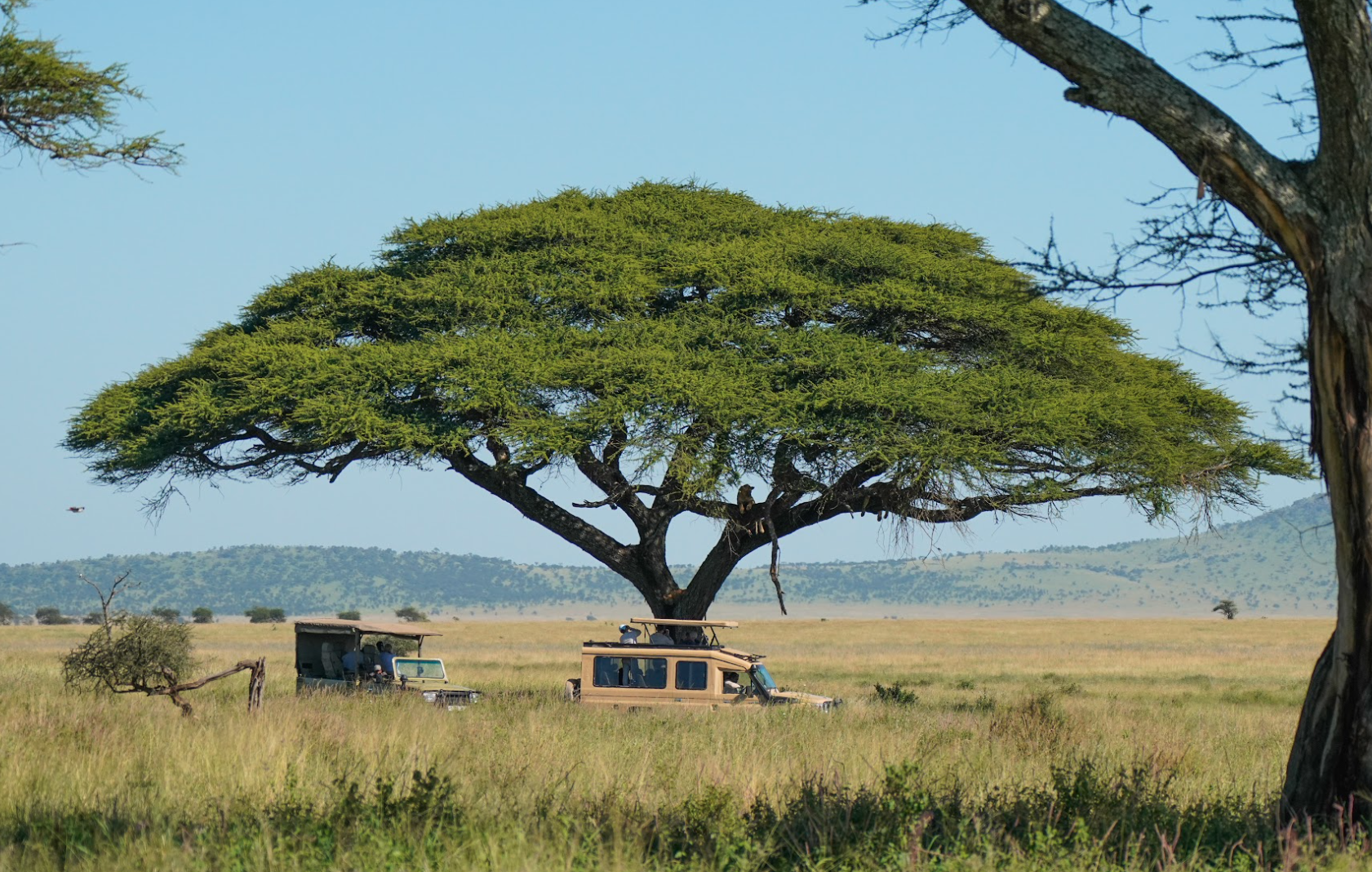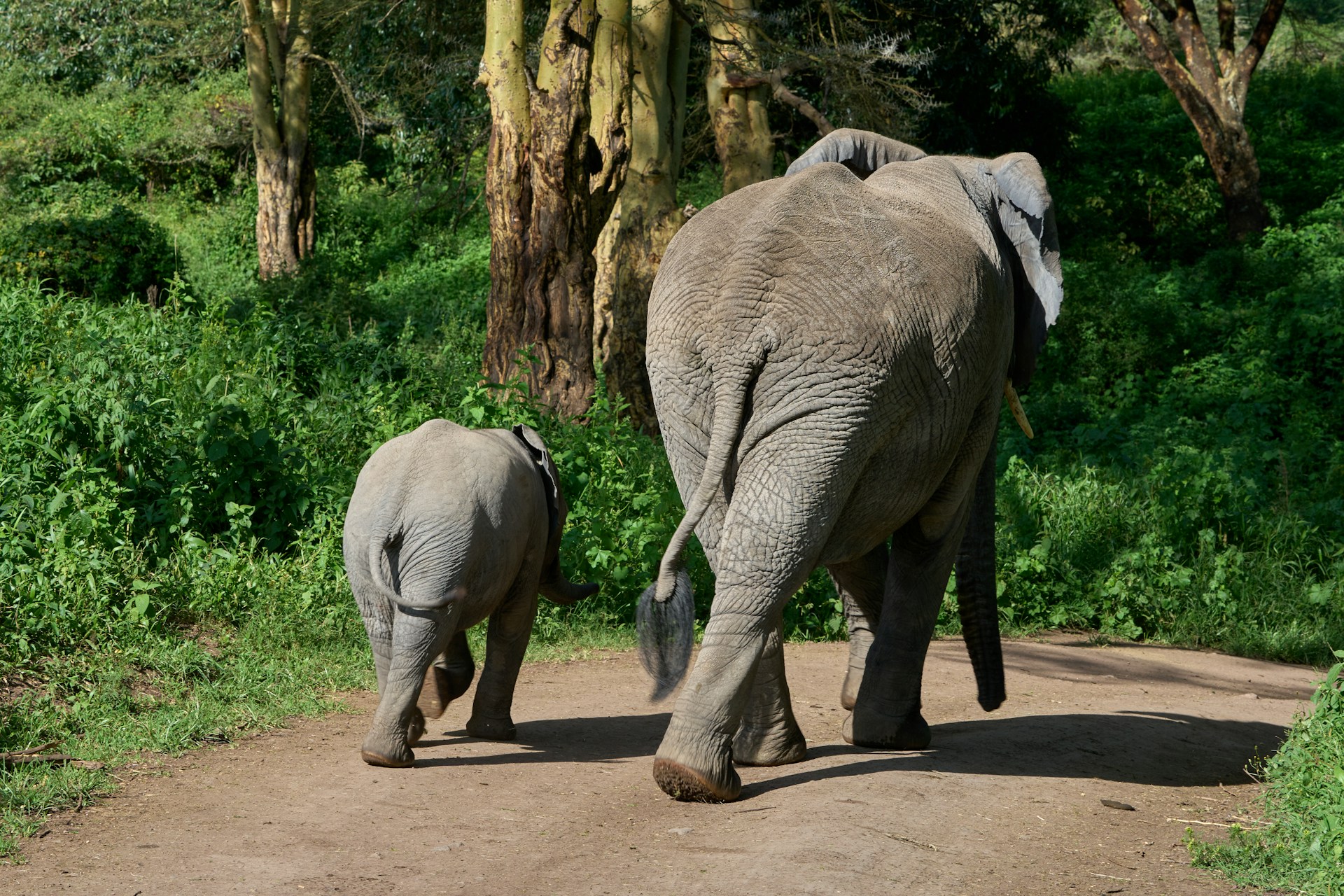
Geographical feature
Ngorongoro Crater
Nogorngoro Crater is a natural amphitheater of unparalleled beauty
Tanzania
Location
June to October
Best Time to Visit
1,800 m
Altitude
Geographical feature
Ngorongoro Crater
Nogorngoro Crater is a natural amphitheater of unparalleled beauty
Tanzania
Location
June to October
Best Time to Visit
1,800 m
Altitude
About Ngorongoro Crater
Ngorongoro Crater is a massive volcanic caldera, formed over two million years ago when a colossal volcano erupted and collapsed upon itself. What remains today is a natural amphitheater of unparalleled beauty, spanning approximately 260 square kilometers and boasting an astonishing diversity of wildlife. Renowned as one of Africa's most spectacula...
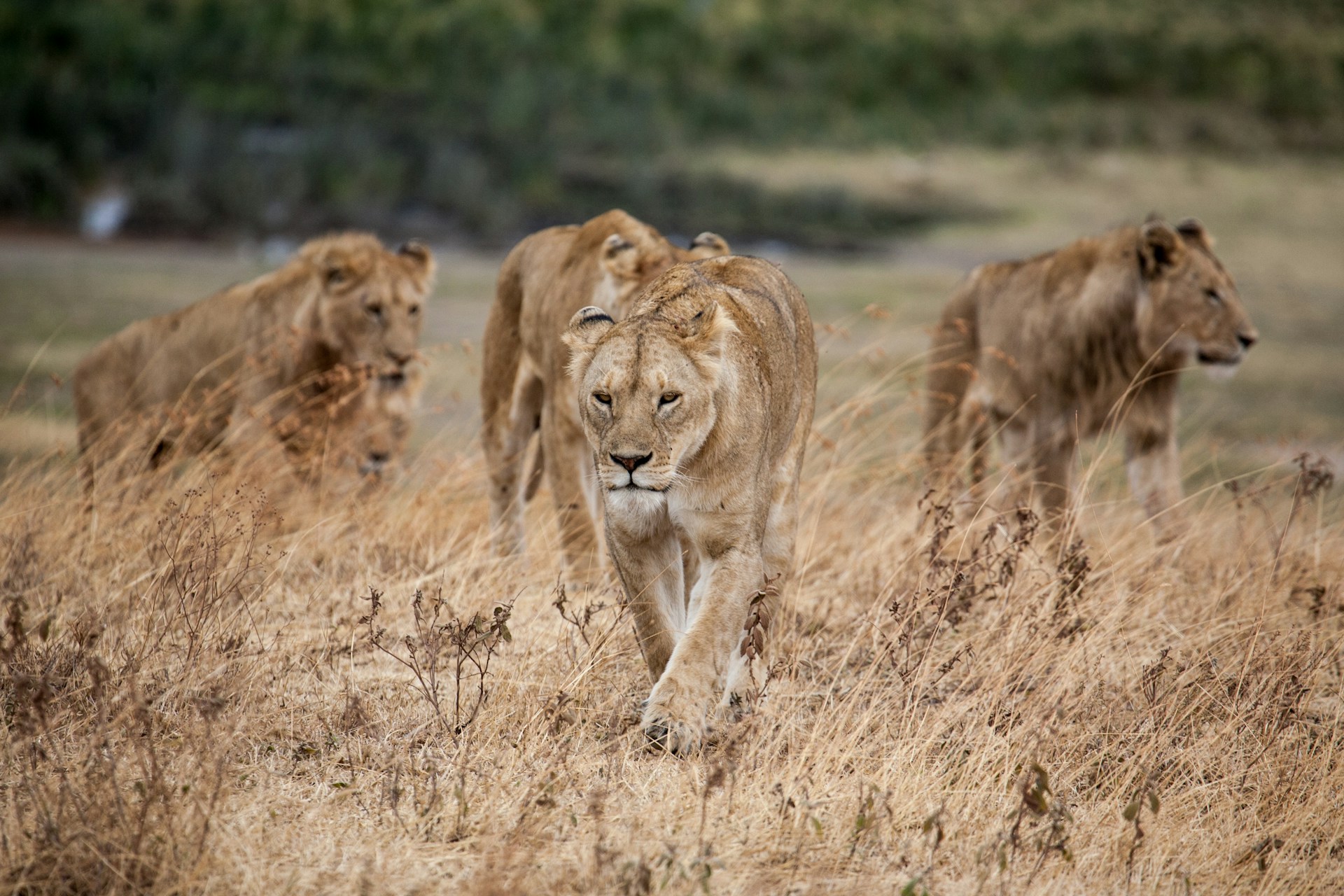
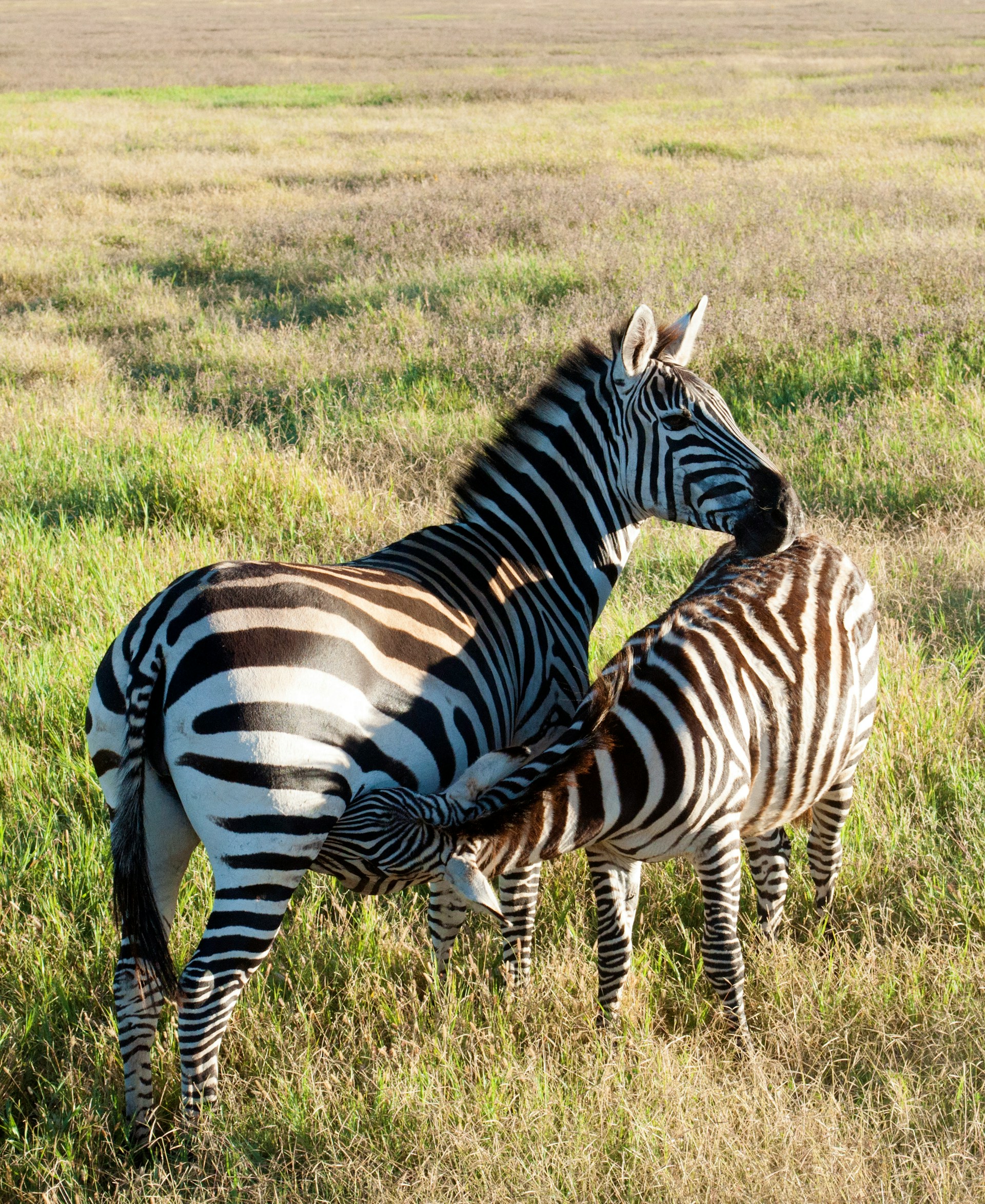
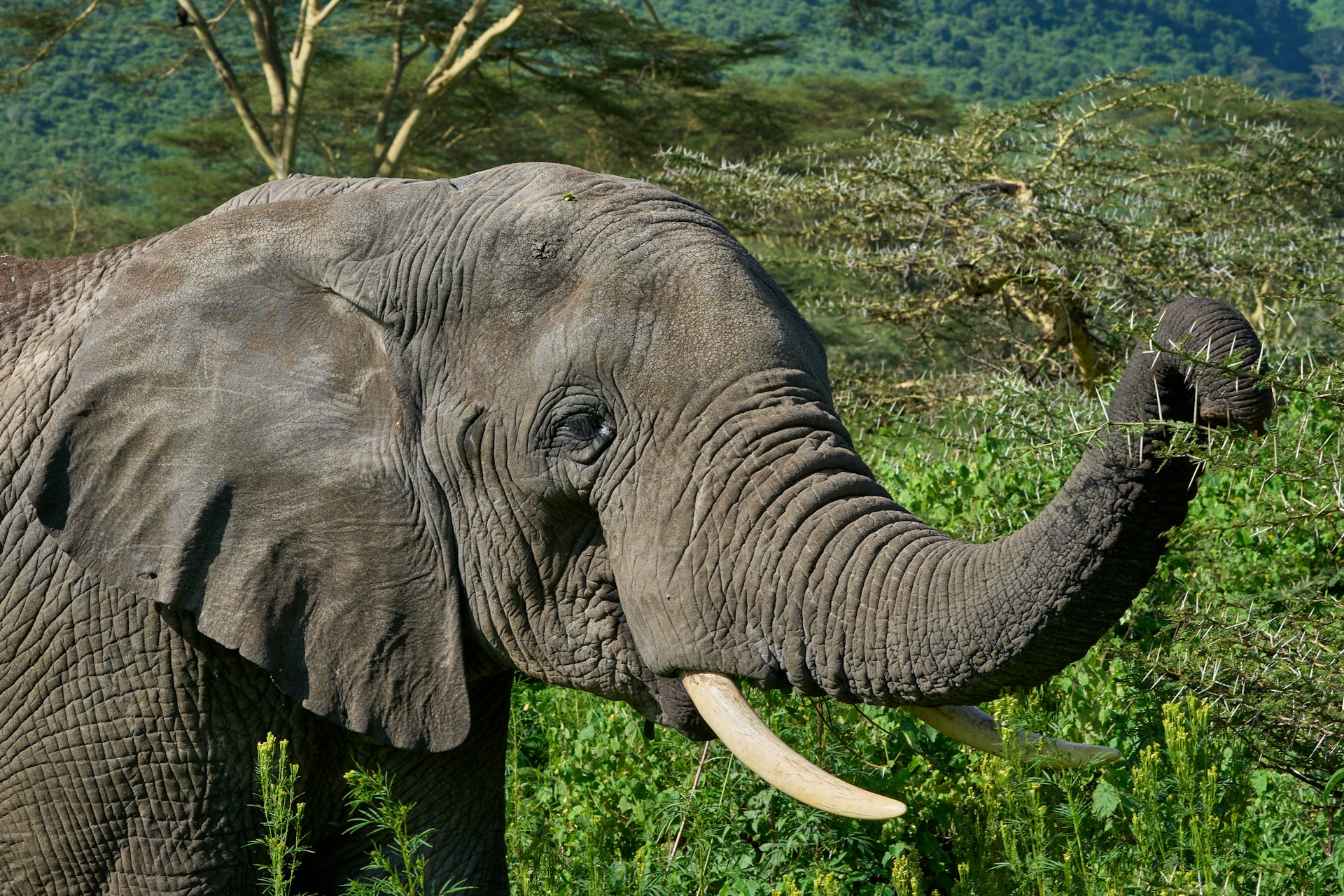

When to go
Excellent
Good
Fair
Jan
Feb
Mar
Apr
May
Jun
Jul
Aug
Sep
Oct
Nov
Dec
Seasons
What to do
Featured Experiences

Descending into the Ngorongoro Crater
Nestled within the eastern arc of the Great Rift Valley lies one of the world's most extraordinary natural wonders: the Ngorongoro Crater. Formed when a giant volcano exploded and collapsed on itself ...

Witnessing The Big Five
Embarking on a safari to witness the Big 5 in their natural habitat is an adventure of a lifetime. The Big 5, comprised of the elephant, rhino, buffalo, lion, and leopard, represent some of Africa's m...
Activities
Wildlife
The Ngorongoro Crater is a haven for wildlife enthusiasts, offering one of the highest concentrations of wildlife in Africa, including rare and endangered species within its unique ecosystem.
Where to stay
What to know
Safety & Vaccinations
While the Ngorongoro Crater is considered a safe destination for tourists, visitors should take standard travel health precautions. Vaccinations for yellow fever, hepatitis A, and typhoid are recommended. Malaria prophylaxis is also advised due to the presence of mosquitoes, especially during the wet season.
For more information regarding vaccinations and health notices, view the CDC’s page :

CDC Travelers' Health
CDC Travel health notices and vaccination recommendations
Getting There
The Ngorongoro Crater is accessible by road from Arusha, with the journey taking approximately 3-4 hours. It's also possible to fly into Kilimanjaro International Airport or Lake Manyara Airport and arrange a transfer from there.
For more information regarding vaccinations and health notices, view the CDC’s page :

CDC Travelers' Health
CDC Travel health notices and vaccination recommendations
Getting Around
Travel within the Ngorongoro Conservation Area and down into the crater is typically done in 4x4 vehicles. These vehicles are suited for the rugged terrain and offer the best opportunities for wildlife viewing. Guided tours are recommended to navigate the area effectively and to learn more about the ecosystem.
For more information regarding vaccinations and health notices, view the CDC’s page :

CDC Travelers' Health
CDC Travel health notices and vaccination recommendations
Visas
Visitors to Tanzania, including those coming to see the Ngorongoro Crater, must obtain an Electronic Travel Authorisation (eTA) in advance, with some exemptions based on nationality. Always check the latest visa requirements and ensure you have the necessary documentation for entry, including any required health certificates.
For more information regarding vaccinations and health notices, view the CDC’s page :

CDC Travelers' Health
CDC Travel health notices and vaccination recommendations
Blog
Chat with an expert



Our team of professionals are waiting to answer your questions and help plan your dream safari.
Contact Us
